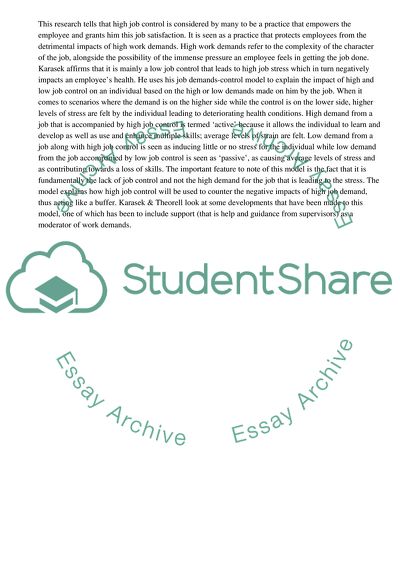Cite this document
(“High Job Control Assignment Example | Topics and Well Written Essays - 1500 words”, n.d.)
High Job Control Assignment Example | Topics and Well Written Essays - 1500 words. Retrieved from https://studentshare.org/management/1563997-using-theory-and-research-as-a-guide-critically-examine-the-extent-to-which-high-job-control-protects-employees-from-the-adverse-impact-of-high-work-demands
High Job Control Assignment Example | Topics and Well Written Essays - 1500 words. Retrieved from https://studentshare.org/management/1563997-using-theory-and-research-as-a-guide-critically-examine-the-extent-to-which-high-job-control-protects-employees-from-the-adverse-impact-of-high-work-demands
(High Job Control Assignment Example | Topics and Well Written Essays - 1500 Words)
High Job Control Assignment Example | Topics and Well Written Essays - 1500 Words. https://studentshare.org/management/1563997-using-theory-and-research-as-a-guide-critically-examine-the-extent-to-which-high-job-control-protects-employees-from-the-adverse-impact-of-high-work-demands.
High Job Control Assignment Example | Topics and Well Written Essays - 1500 Words. https://studentshare.org/management/1563997-using-theory-and-research-as-a-guide-critically-examine-the-extent-to-which-high-job-control-protects-employees-from-the-adverse-impact-of-high-work-demands.
“High Job Control Assignment Example | Topics and Well Written Essays - 1500 Words”, n.d. https://studentshare.org/management/1563997-using-theory-and-research-as-a-guide-critically-examine-the-extent-to-which-high-job-control-protects-employees-from-the-adverse-impact-of-high-work-demands.


